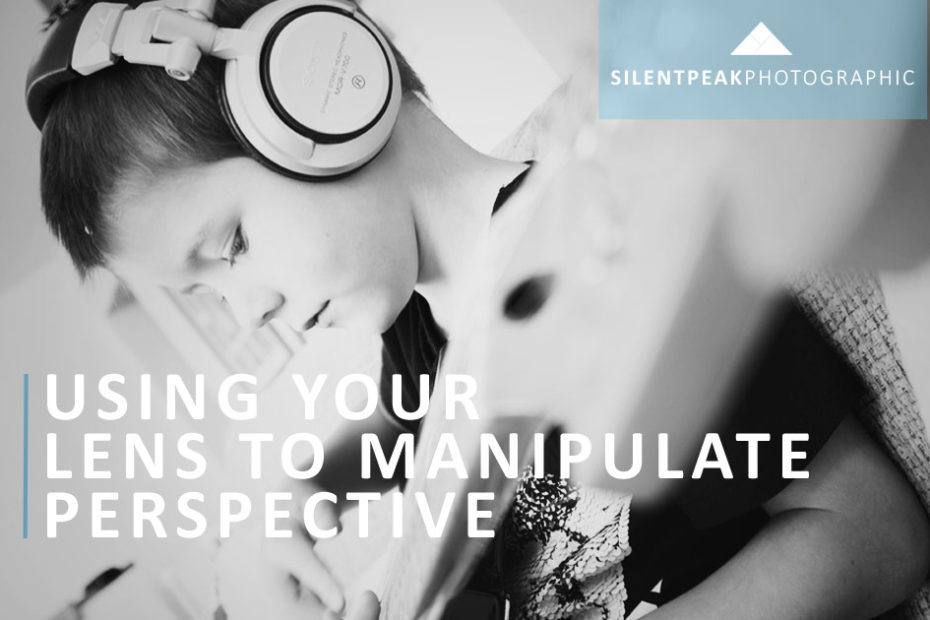When starting out, I believed zoom lenses were all about reach and magnification and the possibility of taking up-close photos of distant subjects such as birds and faraway landmarks. It was not until later did I recognise that different magnifications, or focal lengths, can be used to warp perspective and present familiar subjects in unfamiliar ways. In this article, you will see why you may choose to use your long distance zoom lenses to take photos of nearby subjects, not for the sake of closing distance but for creative effect.
I can zoom with my feet!
I was inspired to write this piece after overhearing a conversation between a customer and a salesman in my local camera shop. The salesman was discussing the camera’s zoom capability when the customer interrupted and stated he did not need a zoom, he zooms with his feet. For a moment, I wondered how he would apply his technique to photographing reclusive birds, distant scenery or lions on safari and whether the latter style of photography could serve as a modern-day vehicle for natural selection.
Yet, in a limited fashion, the customer is correct. If you have a wide 28mm lens (similar to those on most smartphones), you could take a few steps forward and simulate the effect of a lens with greater reach. However; you would end up with two very different photos.
Perspective
Different focal lengths render different perspectives, regardless of how close you are to your subject. It mostly comes down to the relationship between your subject and its background (or foreground as the case may be). Taking a photo with a wide angle lens, such as the 28mm lens found in most smartphones, you will find the background appears to distance itself from your subject. Switch to a high magnification telephoto lens and the background will appear to come forward and loom right behind your subject.
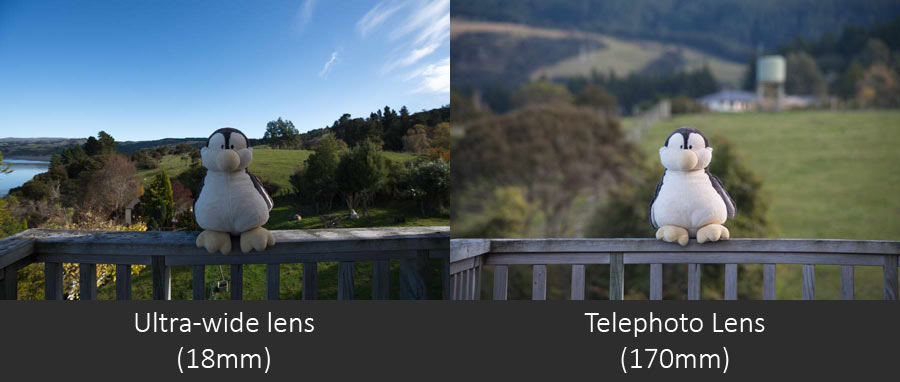
Perspective at different focal lengths
I took several pictures of my daughter’s stuffed penguin – each at different and popular focal lengths. I chose a penguin for two reasons. First, it does not bite. Secondly, this particular penguin is hugely compliant and did not move between shots contributing to reasonably consistent photos. Shots were taken at the specified focal lengths and always at a fixed aperture of F5.6
18mm Lens – Ultra-wide angle
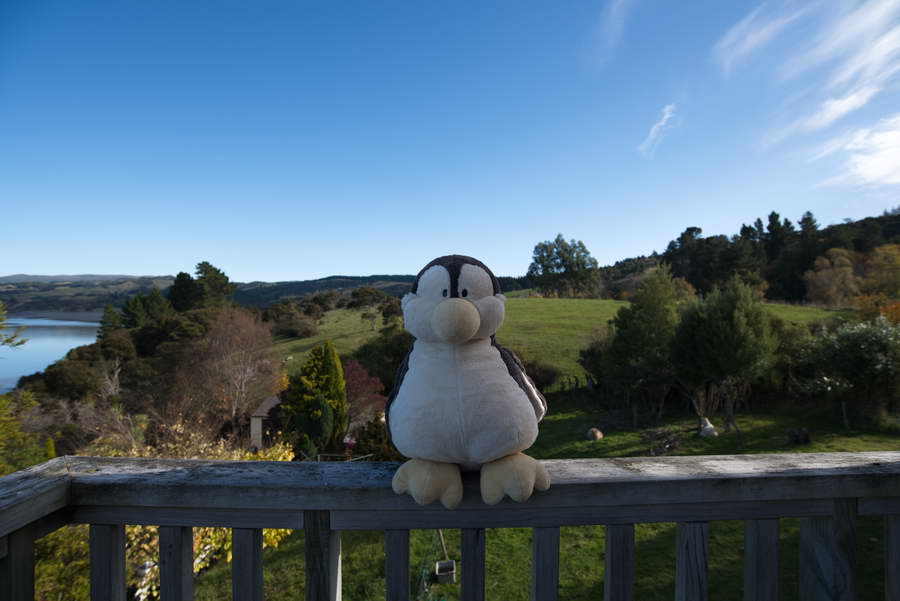
We start with an 18mm ultra-wide angle lens and despite me being less than a foot away from my subject, we still get all of Mr Penguin and a significant amount of background. Before scrolling down to the 28mm sample, note the bay on the left hand side of this photo.
28mm Wide Angle (Typical Smartphone focal length)
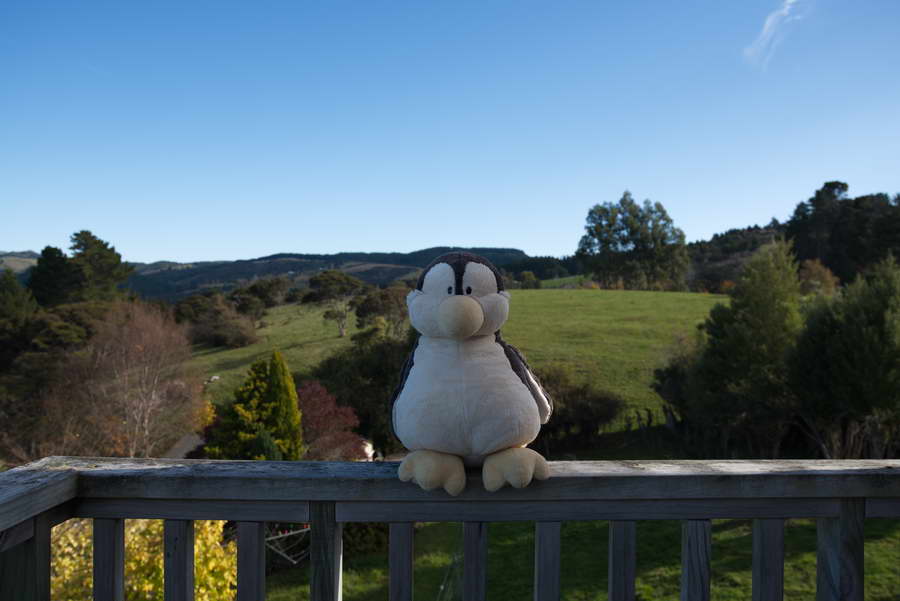
I stepped back (foot-zoomed) to ensure the penguin remains the same size at 28mm and yet despite similar framing, the bay no longer has room in the photo. Because a 28mm lens has a tighter angle of view than the wider 18mm, I have two different looking photos. If you have very keen eyes, you will have noticed that the background appears larger in this photo than it did in the previous 18mm photo.
50mm lens (standard)
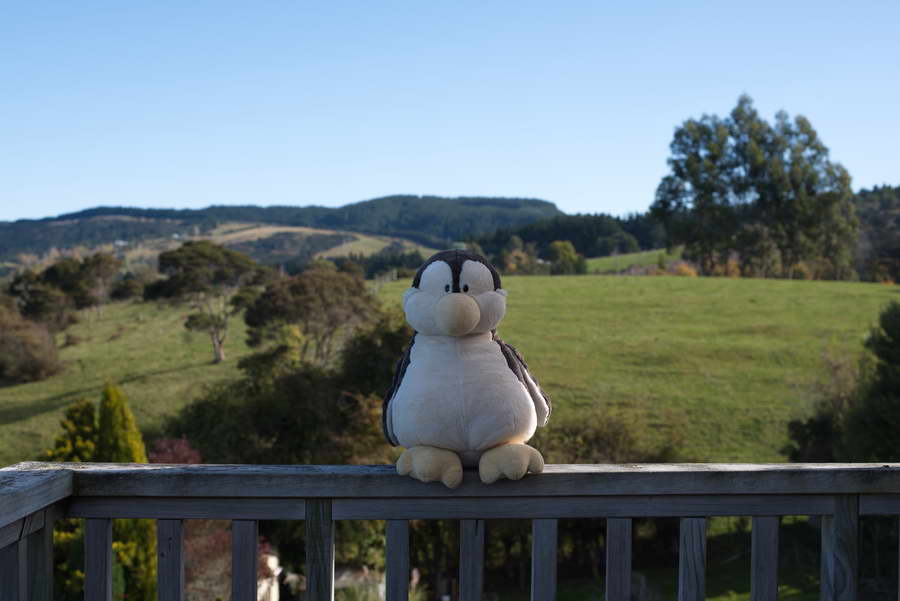
At 50mm, we can see the background appears to close-in on our subject. For the first time, the background appears blurred enough to provide a sense of separation between the subject and its background lending a three-dimensional aesthetic. A 50mm lens is often known as the ‘standard’ lens since it renders the world in a similar perspective to our own eyes.
85mm (Popular Portrait Lens)
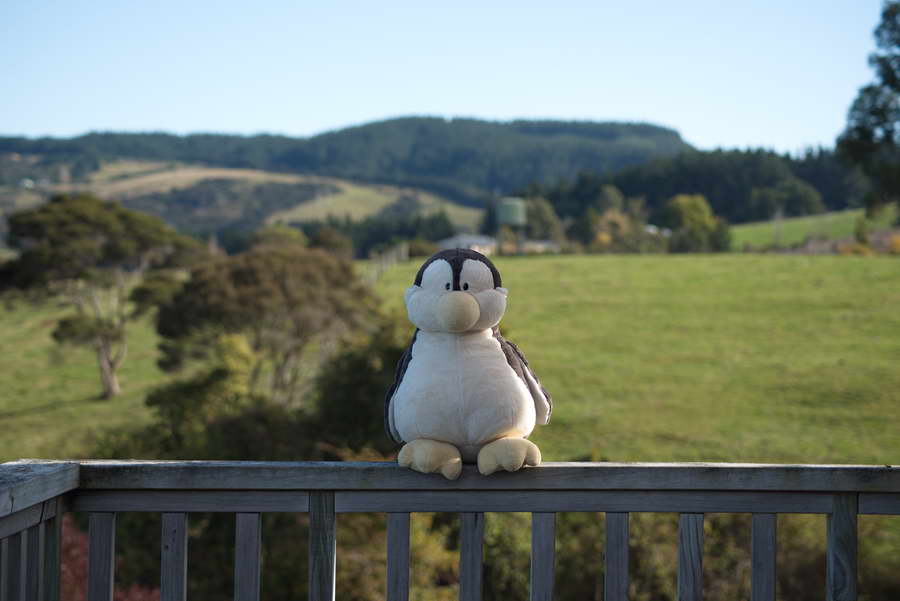
Those trees – so distant in the previous photos appear significantly closer to our subject and much closer than they appear in real life. The effect of reducing the distance between the subject and background is commonly known as compression. Increased background blur serves the 3D aesthetic and helps the Penguin standout.
170mm (telephoto)
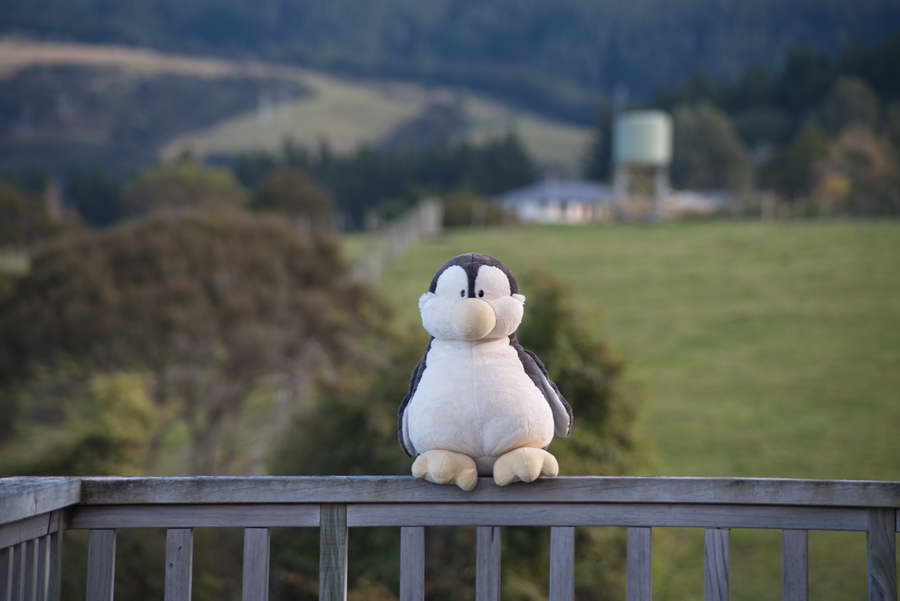
At a 170mm, the compression effect is in overdrive. The sky has been squeezed out of frame entirely by the rapidly advancing background. In real life, the house is more than a mile away. Many professionals favour telephoto lenses for Portraits since they can be used to marginalize an unwanted background and emphasize their subject.
Conclusion
Can you zoom with your feet? Of course. Each time I shot at a different focal length, I was able to walk towards or away from the penguin to ensure it appeared the same size in each of the shots.
Were all the photos the same? Hell no. Despite foot-zooming and producing a consistently sized penguin (how often can you say that!), each shot is rendered very differently. If you compare the 18mm and 170mm sample – the difference is night and day. Whether you wish to pump up your background for dramatic effect or marginalise it to isolate and emphasis your subject, access to different focal lengths is essential.
If you have a few lenses or just a single lens with a decent zoom range – try shooting nearby subjects whilst fully zoomed in. Alternatively, use a wide angle to get supremely close and exaggerate the size of a smaller subject relative to its background. Warping perspective can be hugely provocative – especially if you are trying to capture a fresh take on an overly photographed subject. It is also a lot of fun.
